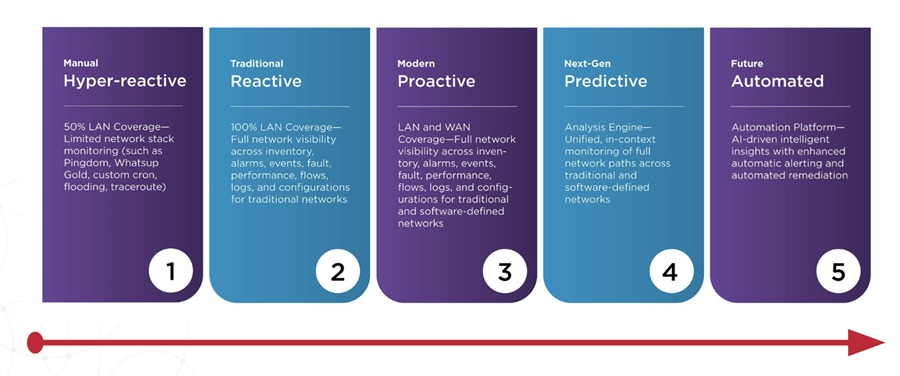

Today's Business is heavily dependent on IT systems to perform at the best.
For example, an IT component failing in an eCommerce business could result in a shopping cart order failure that in turn results in loss of revenue for that business. If IT is able to proactively detect performance degradation and rectify it before it severely impacts the business, that could not only save loss of revenue and also credibility for the business with its customers.
On the other hand, if IT can ensure the highest level of service, that could result in higher levels of satisfaction for the customer who execute transactions on the IT system and eventually profitability for the business.
The question arises: "How can the business ensure that the applications perform at the optimal level?" This can be done by using 2 key concepts: Application Performance Monitoring (APM) and Service Level Management (SLM).
Application Performance Monitoring deals with the capability to proactively monitor IT application components that determine quality of application services.
SLM deals with the ability to monitor Service Level Agreements (based on KPI such as availability, health) and ensure that the IT team delivers the application service at the quality that has been agreed upon. This allows the business to measure IT service delivery and ensure optimal levels of services that is required to sustain the business.
It is imperative for IT to understand the relationship between business services and the underlying IT components/applications so that the impact of a IT failure/degradation on the business service can be well understood.
Additionally, there has to be SLAs associated with the Business Service. The higher the business service impact, typically higher should be the SLA (and the priority). That will be the expected quality of service from IT. If the business service impacts are not understood, then IT will be unable to deliver IT Services within agreed upon SLA times.
The business service impact for any IT incident helps establish KPIs (such as resolution priority, MTTR, SLA levels, etc.).


